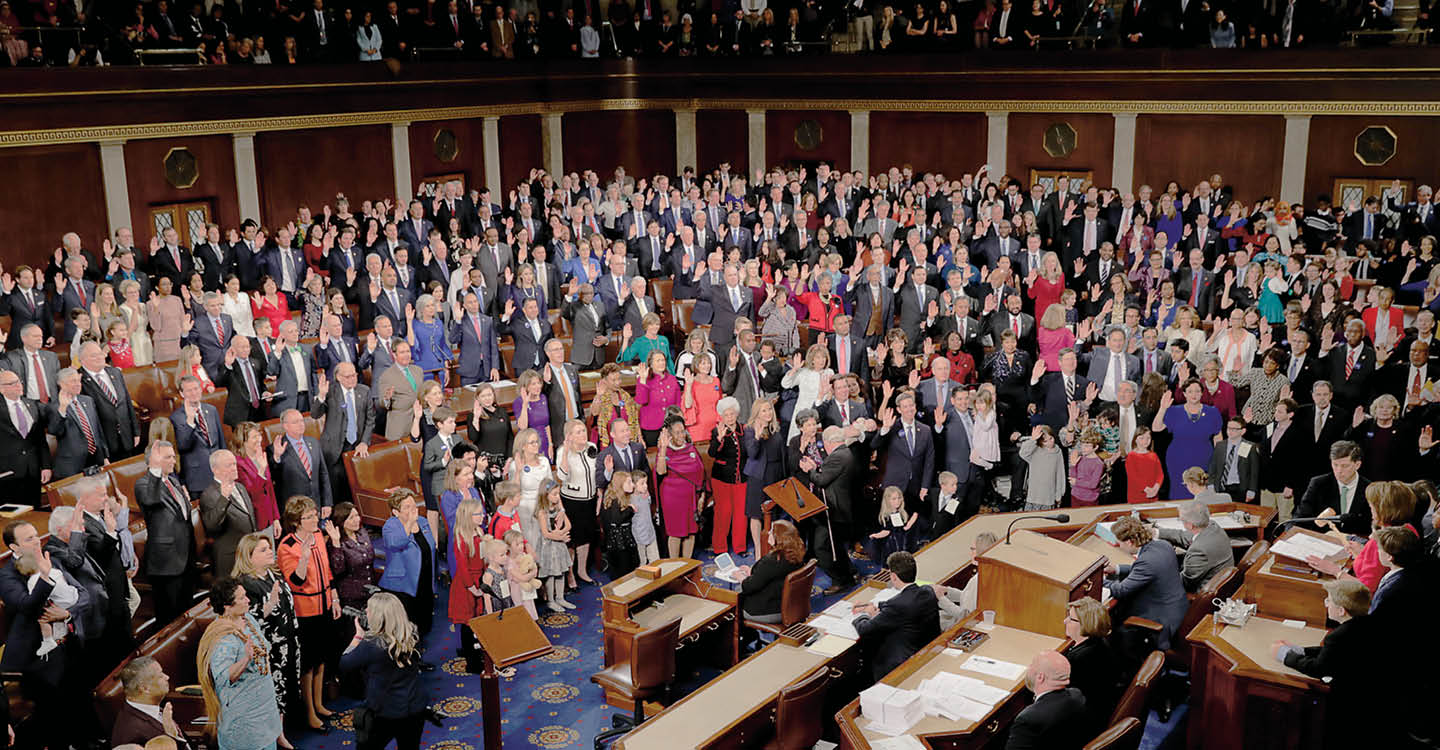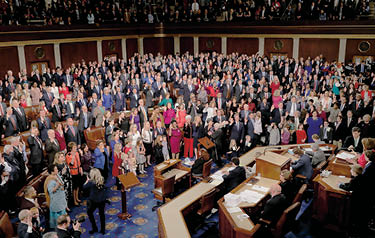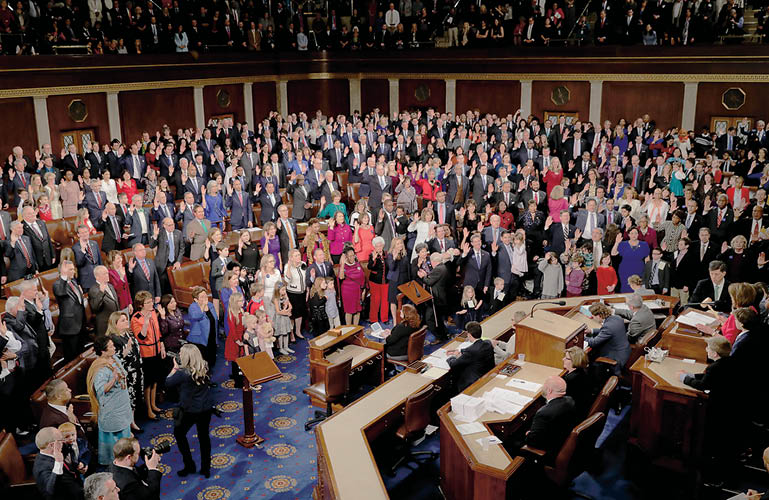The House of Representatives, which is often called “the People’s House,” was intended by the Founders to be the closest of all the branches of government to the people who elect them. But that’s not how it functions today—and that’s in large part because the size of the House hasn’t kept pace with our population.
In 1790, each member of Congress represented fewer than 40,000 people. Today, each member represents about 710,000 people. That’s because for more than a century—since 1910—we haven’t increased the size of the House. As our population has ballooned—it’s now triple the number recorded in the 1910 census—representatives have grown further and further away from ordinary people. We need to fix this.
A larger House would mean each member has fewer constituents, and that would mean that members are more in touch with those they represent and better able to serve their needs in Washington. Representatives with fewer constituents already tend to have higher approval ratings and be seen as more in touch with voter concerns than those with bigger districts. This is important to boost confidence in our government at a time when many Americans have lost faith in it.



